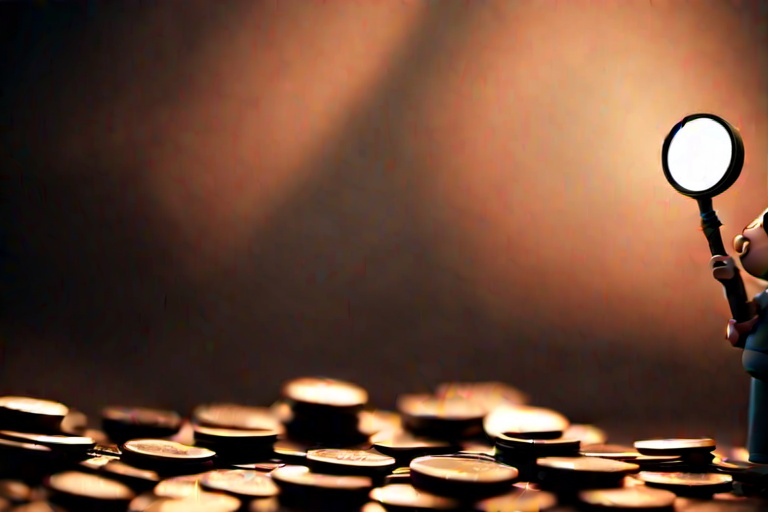Understanding Coin and Paper Money Values: A Comprehensive Guide for Collectors
Understanding Coin and Paper Money Values: A Comprehensive Guide for Collectors
Welcome to my coin collecting and coin valuation blog! For enthusiasts and newcomers alike, grasping the concepts behind the valuation of old coins and paper money is fundamental. This article will delve into different valuation types, factors influencing value, and avenues for discovering the values of your coins and bills. By exploring book values, retail values, rarity, demand, condition, grading, and leveraging resources like price guides, professional appraisals, and online databases, you will gain the knowledge needed to make informed decisions and understand your collection's worth.
The Four Main Types of Value
Coins and paper money possess a variety of values, each with its own significance in the collecting and dealing world. These include book value, buy price, retail value, and wholesale value.
Book Value: This represents the average retail price that you can expect a dealer to sell a particular coin or bill for, often found in reference publications like the Standard Catalog of World Coins.
Buy Price: Dealers offer this amount when you are selling your coin or bill to them. It tends to be lower than the other types of values because it reflects a dealer's need to make a profit upon resale.
Retail Value: This is the amount a dealer charges when selling a coin or bill to a collector. It naturally includes a markup from the buy price.
Wholesale Value: This is the price at which dealers sell coins or bills to other dealers, or sometimes, it is an offered discount for bulk purchases.
Determinants of Coin and Bill Value
Value is influenced by several key factors:
Rarity: The initial mintage figures and remaining number of specimens determine a coin's rarity.
Demand: Popularity and collector interest can drive up demand and thus value.
Condition or Grade: A coin or bill's physical state affects its appeal and worth. Items graded as "mint" or "uncirculated" bear no signs of wear and carry higher values than those in "poor" condition.
Methods to Determine Your Coin's Value
To accurately assess the value of your currency, you must know several details:
- Distinguish if the item is a general issue or a special commemorative release.
- Identify the issuing country, which is typically mentioned in the design.
- Record the item's date and condition.
Price guides like the Guide Book of United States Coins (the "Red Book") provide extensive valuation information for U.S. coins. Websites such as Collectpapermoney.com and Banknote World are handy for identifying and appraising paper currency. Professional appraisers and organizations like the American Society of Appraisers offer their expertise for accurate valuations.
Deepening Your Coin Collecting Knowledge
The hobby of coin collecting is enriched by a wealth of resources and communities.
Organizations: Groups like the American Numismatic Association and the International Bank Note Society offer educational resources, FAQs, and guidelines to help collectors avoid pitfalls.
Local Clubs: Regional numismatic clubs provide a platform for networking and sharing knowledge through meetings and events.
Coin Shows: Websites like Coinshow.com list upcoming events, which are great venues for learning and acquiring new pieces.
Research and Caution: Articles from authorities like the Federal Trade Commission and memberships in respected organizations are resources that can help with safe coin purchases.
Support from Public Libraries
Your local library can be an excellent starting point for determining the book value of currencies. While libraries like the Pratt Library don't offer appraisal services, they do have resources to guide you to valuation information.
The Journey of Coin Collecting
Coin collecting is a pursuit filled with ongoing education and thrill. Take advantage of various numismatic organizations, connect with local groups, and immerse yourself in library resources to navigate the numismatic world confidently. With the plethora of information at your fingertips, you're well-equipped to continue this enriching hobby and add meaningful pieces to your collection.
With this guide, you're now equipped to approach the world of coin collecting and valuation with an insightful perspective. By staying informed about the aspects that influence your currency's value and utilizing the multitude of available resources, you're set on a path of rewarding exploration and discovery within the fascinating realm of numismatics. Happy collecting and may your venture into this historical hobby be both enlightening and profitable.
Information for this article was gathered from the following source.

